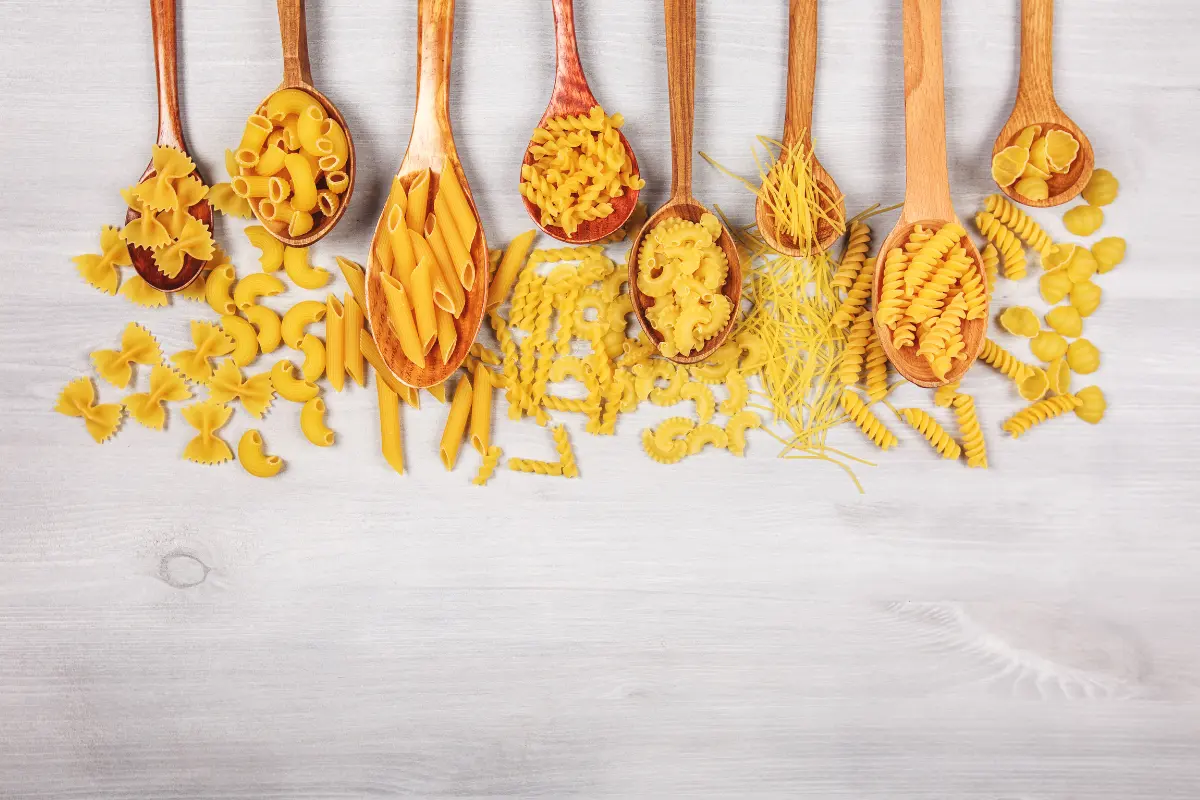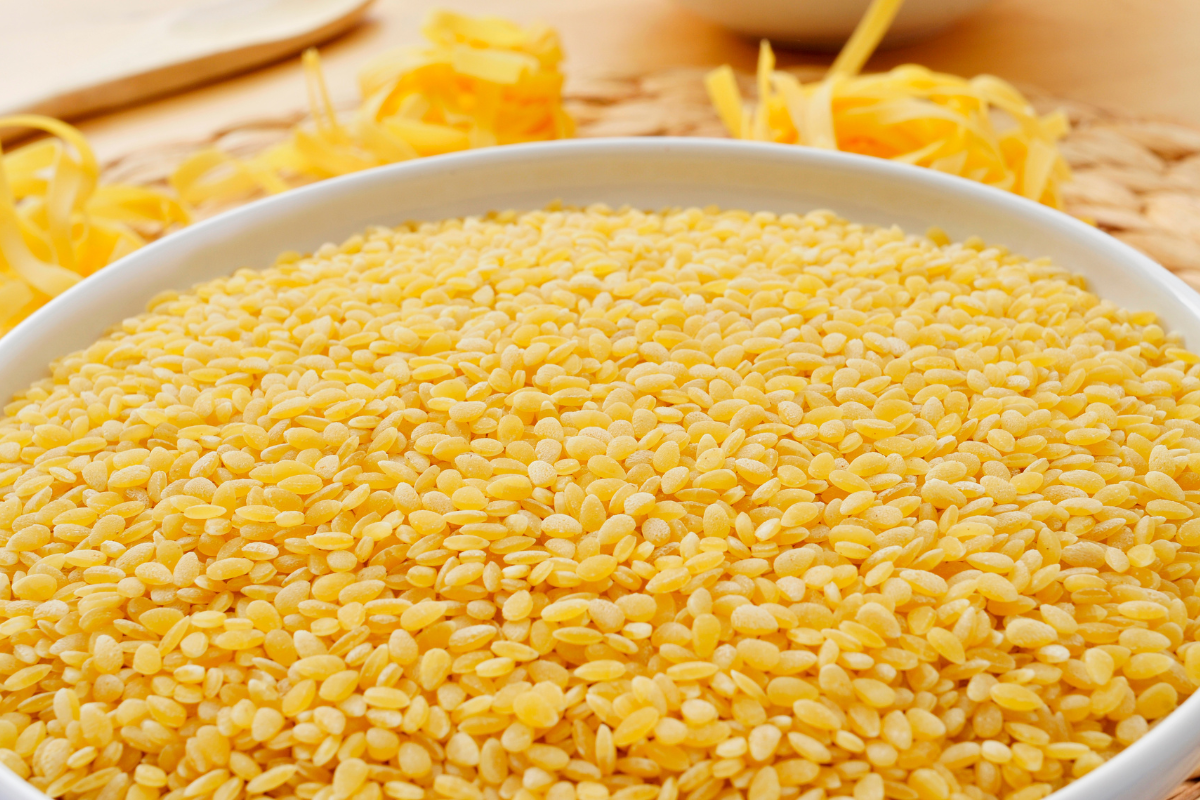Cake pops have become a beloved treat for all ages, charming us with their delightful flavors and adorable presentations. At the heart of every cake pop is its dough, a sweet and versatile mixture that sets the stage for endless creativity. In this article, we’ll delve into what makes up the essential cake pop dough, exploring its basic ingredients and how they blend together to form these irresistible treats. Whether you’re a baking novice or a seasoned pro, understanding the foundations will help you perfect your cake pop creations and maybe even inspire new innovations.

Basic Ingredients of Cake Pop Dough
Core Ingredients
The simplicity of cake pop dough is deceptive because the perfect blend can make or break your final treat. The dough itself primarily consists of:
- Cake: The type of cake used can vary widely, from a simple vanilla or chocolate sponge to more elaborate flavors like red velvet or lemon zest. The cake should be moist enough to crumble without turning into dust.
- Frosting: This is the glue that binds the cake crumbs. Choices like buttercream, Swiss meringue, or ganache each lend different textures and flavors to the dough. A standard buttercream works well for a richer, creamier texture, while Swiss meringue is lighter, offering a delicate sweetness.
Each ingredient plays a pivotal role in not only taste but also the structural integrity of your cake pops. For more detailed baking techniques and tips on how to select the best types of frostings, you might want to check out Professional Baking Tips.
Optional Ingredients
To spice things up, consider adding:
- Flavor Extracts: A dash of vanilla, almond, or mint can enhance the overall taste.
- Mix-ins: Chocolate chips, cookie pieces, or even a sprinkle of cinnamon can add texture and flavor depth.
By starting with these fundamental ingredients, you’re well on your way to creating delicious cake pop dough that serves as a blank canvas for your culinary creativity. In the next section, we’ll walk through the step-by-step preparation of this dough, ensuring you achieve the perfect consistency every time.
Step-by-Step Preparation
Creating the perfect cake pop dough is both an art and a science. Here’s a detailed guide to help you navigate through each stage, ensuring your cake pops turn out delightful every time.
Preparing the Cake Base
The first step in making your cake pop dough is to prepare the cake itself. Ideally, you want a cake that is moist and flavorful but not too dense:
- Selecting the Cake: You can bake a fresh cake specifically for your cake pops or use leftover cake. If you’re baking a new one, aim for flavors that crumble well without being too dry.
- Crumbling the Cake: Once your cake is cool, break it into fine crumbs. You can do this by hand or use a food processor for a more consistent texture. The finer the crumbs, the smoother your cake pops will be.
Mixing and Binding
After you have your base ready, it’s time to bind the cake crumbs together into a dough:

- Adding the Frosting: Gradually mix in your choice of frosting. Start with a small amount and add more as needed until the mixture is moist enough to stick together but not so wet that it becomes gooey.
- Testing the Texture: The dough should be moldable like clay and hold together when rolled into balls. If it crumbles, add a bit more frosting; if it’s too sticky, add more cake crumbs.
Achieving the right consistency is crucial as it determines the final texture and stability of your cake pops. Now that you’ve prepared your dough, let’s explore some common variations and flavors to make your cake pops stand out in the next part of our guide.
Common Variations and Flavors
Cake Pop Flavors
The versatility of cake pop dough allows for an array of flavors that can be tailored to any taste or occasion. Here are some popular variations to inspire your creations:
- Classic Chocolate: A rich chocolate cake mixed with chocolate frosting creates a decadent treat.
- Vanilla Bean: Using a vanilla bean cake with vanilla buttercream gives a fragrant, classic flavor.
- Red Velvet: Combine red velvet cake with cream cheese frosting for a touch of luxury.
- Lemon Zest: Brighten up your cake pops with a lemon cake base, mixed with lemon buttercream for a citrusy punch.
Each of these flavors can be enhanced with coatings like white chocolate, dark chocolate, or colorful candy melts, allowing for even more creativity in your presentation.
Creative Uses
Beyond traditional cake pops, this dough can be used in various creative ways:
- Cakesicles: Mold your cake pop dough into popsicle shapes for a fun twist on the classic pop.
- Decorative Sculpted Cakes: Use the dough to add three-dimensional elements to larger cakes, perfect for themed parties or special occasions.

By experimenting with these flavors and uses, your cake pop dough can become a standout feature at any event, offering not only great taste but also an eye-catching aesthetic. Up next, we’ll tackle common issues you might encounter and offer solutions to keep your cake pop making smooth and enjoyable.
Troubleshooting and Tips
Making cake pop dough can sometimes present challenges, but with the right tips and tricks, you can overcome common pitfalls and achieve perfect results every time.
Common Issues
Here are some typical problems you might encounter when making cake pops and how to solve them:
- Dough Too Dry: If your dough crumbles and doesn’t hold together, it’s too dry. This can happen if there’s not enough frosting.
- Solution: Gradually add more frosting until the consistency is pliable and holds together well without cracking.
- Dough Too Moist: A dough that’s too sticky can be difficult to shape and may not firm up properly.
- Solution: Add a little more crumbled cake to the mixture to dry it out slightly and achieve the desired texture.
- Cracks in Cake Pops: If the rolled cake pops crack during or after dipping, this could be due to the temperature difference between the cake pop and the coating.
- Solution: Ensure that the cake pops are at room temperature before dipping and that the coating is not too hot.
Expert Tips
To elevate your cake pop making, consider these professional suggestions:
- Chill the Dough: Before rolling, chilling the dough for about 20-30 minutes can make it easier to handle and help the pops maintain their shape when dipped.
- Uniform Size: Use a cookie scoop to measure out your dough. This ensures each cake pop is the same size, which helps them cook evenly and present beautifully.
- Smooth Finish: After rolling your cake pops, dip your fingers in cold water and smooth out any imperfections on the surface of the dough balls before chilling.
By mastering these troubleshooting tips and expert techniques, you’ll ensure that your cake pop dough turns into delightful, smooth, and evenly coated treats. Next, we’ll address some frequently asked questions that might arise during your cake pop-making journey.
Frequently Asked Questions
In the world of cake pops, several common questions often arise. Here, we address these to help clarify any doubts and ensure your cake pop adventures are successful and stress-free.
How Many Cake Pops Does a Box Make?
A standard box of cake mix typically yields about 40-50 cake pops if each pop is rolled to about 1 tablespoon in size. The exact number can vary depending on the size and density of the cake balls.
Do You Freeze Cake Pops Before Dipping?
Yes, freezing the cake pops for about 15-20 minutes before dipping helps them firm up and makes the dipping process easier. However, make sure they do not freeze too hard, as this can lead to cracking when dipped into warm coating.
How Do I Get My Cake Pops to Stick Together?
Ensuring your cake mixture has the right amount of frosting is key. It should be enough to moisten the cake crumbs and allow them to bind together without being overly sticky or wet. If the pops are falling apart, add a bit more frosting and test until the texture is correct.
How Far in Advance Can Cake Pops Be Made?
Cake pops can be made up to a week in advance if stored properly. Keep them in an airtight container in the refrigerator to maintain freshness. If decorated with coatings and sprinkles, they’re best enjoyed within a few days to ensure the best texture and flavor.
By answering these FAQs, you’re better equipped to handle the finer details of making cake pops. Next, we’ll wrap up with some concluding thoughts on the joy and creativity of cake pop making.
Conclusion and Final Thoughts
Creating cake pops is more than just a baking activity; it’s a chance to express creativity, share joy, and enjoy the process of making something delightful from simple ingredients. Whether you’re preparing for a special occasion or just looking for a fun way to spend an afternoon with loved ones, cake pops offer a versatile and enjoyable option.
Remember, the key to perfect cake pops lies in the balance of ingredients and the precision of your technique. Take the time to enjoy each step, from choosing your flavors to decorating each little sphere. The more you practice, the better you’ll get, and soon, you might find yourself coming up with unique variations and designs that reflect your personal style.
Don’t be afraid to experiment with different flavors, coatings, and decorations. Cake pops are a fantastic canvas for culinary creativity. And most importantly, have fun! Each batch of cake pops is a new opportunity to create something beautiful and delicious.
Thank you for following along in this detailed guide to making cake pops. We hope you feel inspired to try this recipe and add your own twist to create something uniquely yours. Happy baking, and enjoy every bite of your homemade cake pops!




